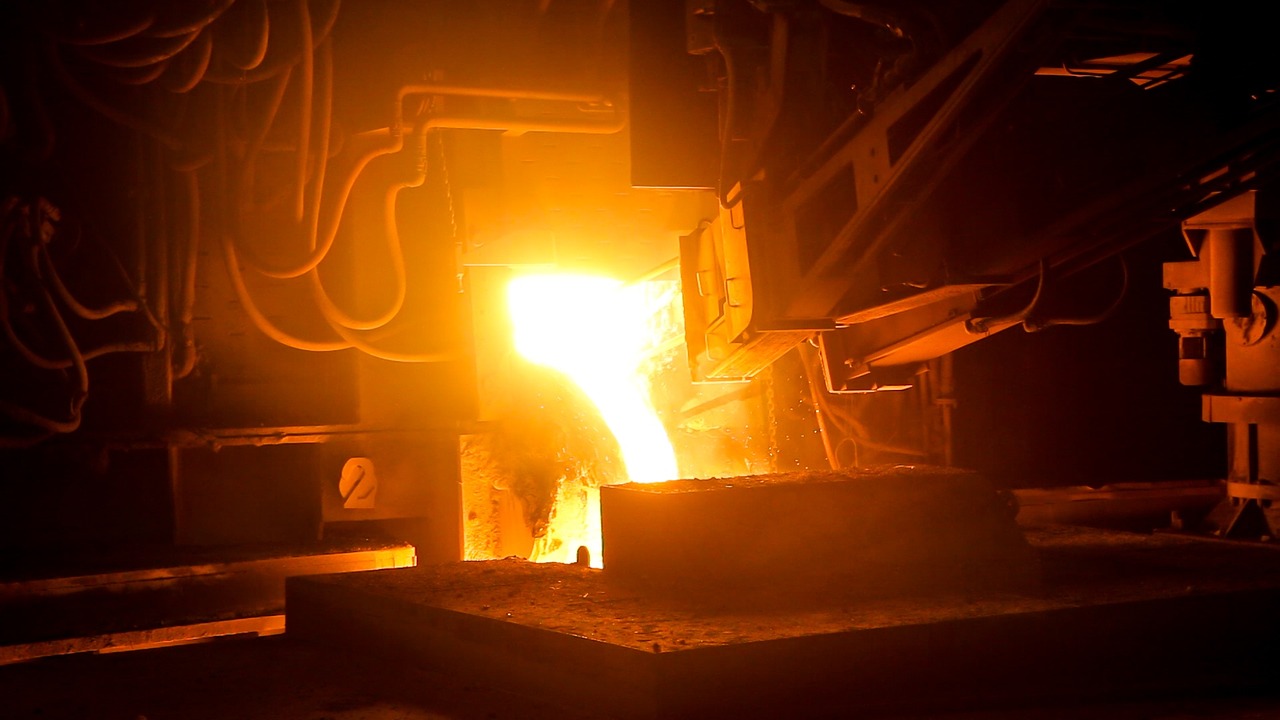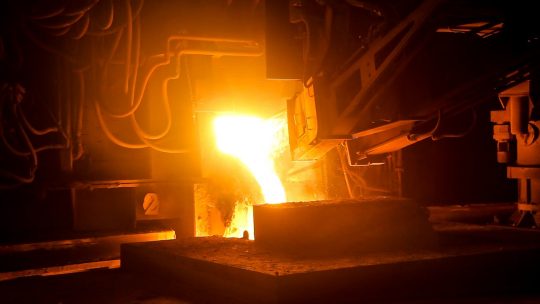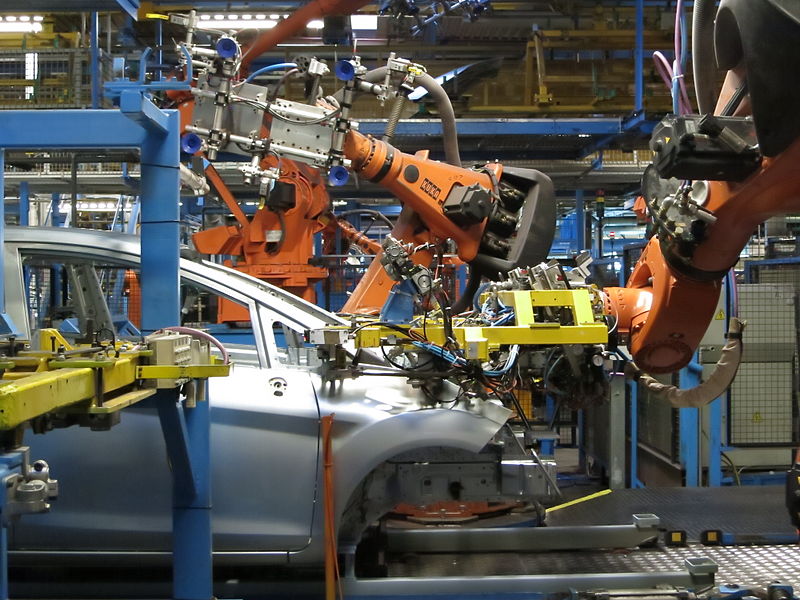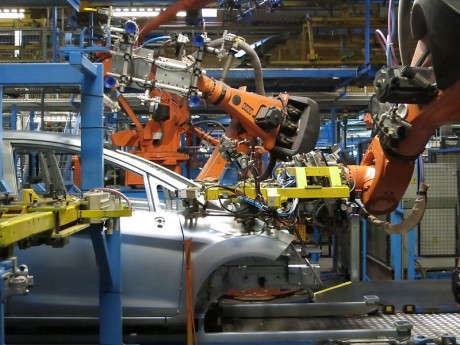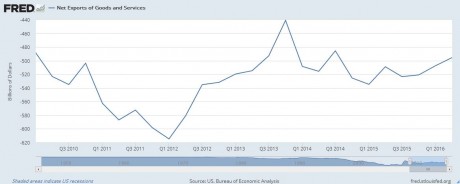 We have a trade deal with China! Well, except that nothing has actually been written down, nothing has actually been signed, the potential deal won’t really require any major concessions from China, but it did allow the Chinese to achieve a couple of key goals that they really wanted. But other than that, the good news is that the Trump administration now has a “trade deal with China” to tout as a “major accomplishment” to voters. And without a doubt, in the short-term this will calm the financial markets and ease some of the pressures on the global economy. Certainly it appears that there should be no further escalations in our trade war with China over the next few months, and that is definitely a bit of good news worth celebrating. Following the announcement of this potential deal, stock prices started surging, and the Dow Jones Industrial Average ended the day up more than 300 points. We haven’t seen this much optimism on Wall Street in some time, and things certainly seem brighter for investors in the short-term.
We have a trade deal with China! Well, except that nothing has actually been written down, nothing has actually been signed, the potential deal won’t really require any major concessions from China, but it did allow the Chinese to achieve a couple of key goals that they really wanted. But other than that, the good news is that the Trump administration now has a “trade deal with China” to tout as a “major accomplishment” to voters. And without a doubt, in the short-term this will calm the financial markets and ease some of the pressures on the global economy. Certainly it appears that there should be no further escalations in our trade war with China over the next few months, and that is definitely a bit of good news worth celebrating. Following the announcement of this potential deal, stock prices started surging, and the Dow Jones Industrial Average ended the day up more than 300 points. We haven’t seen this much optimism on Wall Street in some time, and things certainly seem brighter for investors in the short-term.
But let there be no doubt – this is not even remotely in the neighborhood of being the sort of “comprehensive trade deal” that the Trump administration originally wanted.
Instead, it is a very, very limited potential deal that is still being worked on…
President Donald Trump announced a trade deal, in principle, on Friday afternoon with Chinese Vice Premier Liu He the U.S. says will be rolled out in two or three parts.
The agreement postpones a tariff increase scheduled for Oct. 15 and could halt additional penalties scheduled to go into effect just before Christmas.
‘We’ve come to a deal, pretty much. Subject to getting it written,’ said Trump in the Oval Office of what he described as phase one.
Oh, it isn’t actually “written” yet.
Apparently, phase one of this “trade deal” will be written over the next three weeks.
But most Americans don’t pay attention to the details, and all they will hear is that we have a “trade deal with China”, and that will certainly help Donald Trump politically.
So when phase one is eventually put down on paper, what will it actually do?
Well, the truth is that it won’t actually do very much…
The initial deal, which Mr. Trump said had been reached “in principle” would involve China buying $40 billion to $50 billion worth of American agricultural products, along with agreeing to guidelines on how it manages its currency. The agreement also includes some provisions on intellectual property, including forced technology transfer and would give American financial services firms more access to China’s market, the president said.
In exchange, the United States will not go ahead with plans to raise tariffs on $250 billion worth of Chinese goods to 30 percent next week.
We’ll see what the “provisions on intellectual property” ultimately look like, and I have to say that I am skeptical, but if China agreed to some substantial changes in this area that could potentially be a positive thing for U.S. companies.
But other than that, this “deal” seems very tilted toward the Chinese.
For China, one of the main goals in these negotiations was to get the Trump administration to roll back the tariffs that were about to be implemented and to get the Trump administration to agree not to impose any additional tariffs. These tariffs are very damaging for the Chinese economy and are the primary instrument of leverage that the Trump administration possesses in this trade war.
So for China to be able to essentially get a freeze on tariffs was a big win for them.
Without the threat of more tariffs, the Chinese can continue to run out the clock on the Trump administration and wait for a Democrat to be elected in 2020. The Chinese will continue to do a lot of “talking” and “negotiating”, but they won’t agree to any sort of a comprehensive trade agreement until they can get someone that they consider to be more “reasonable” in the White House.
Oh, but we really stuck it to them by forcing them to purchase “$40 billion to $50 billion worth of American agricultural products”, didn’t we?
Well, no, we didn’t.
Let me tell you a secret.
The Chinese actually want to buy our agricultural products. In fact, since millions upon millions of their pigs have been dying from African Swine Fever, the truth is that they desperately need U.S. pork products.
So this is essentially a case of throwing the Chinese into “the briar patch”. The Chinese knew that our farmers desperately need to sell our agricultural products to them, and so they quit buying them temporarily in order to get leverage on the Trump administration. But this is something that the Chinese were always going to compromise on, because they have a great need for what our farmers are producing.
In the short-term, this is a big win for the Chinese, it is a win for U.S. farmers, and it is a win for the Trump administration because they now have their “trade deal with China” and the stock market is soaring once again…
Stocks ended higher Friday after President Donald Trump said China and the U.S. reached the first phase of a substantial trade deal that delays tariff hikes that were set to kick in next week.
The Dow closed 319 points higher, while the S&P 500 rose 1.1% and the Nasdaq gained 1.3%. The gains helped the Dow and S&P 500 snap a three-week losing streak. The Dow and S&P 500 gained 0.9% and 0.6%, respectively, for the week. The Nasdaq ended the week up 0.9%.
But it appears that this trade deal doesn’t really do much of anything to address our long-term problems with China, and we are being told that “expectations for a major breakthrough” are “still low”…
Beijing’s vice premier is in Washington leading the 13th round of negotiations with Mnuchin and U.S. Trade Representative Robert Lighthizer. Expectations for a major breakthrough in the 15-month standoff are still low.
The two sides are deadlocked primarily over the Trump administration’s assertions that China steals technology and pressures foreign companies to hand over trade secrets as part of a sharp-elbowed drive to become the global leader in robotics, self-driving cars and other advanced technology.
In the end, this very limited “deal” gives the Chinese what they want in the short-term and it allows them to continue to delay any sort of resolution on the most important trade issues.
The Chinese got just what they wanted, but here in the United States it will be spun as a big win for Trump by the White House.
And Trump certainly needs some good news right now, and so it is hard to blame him for grabbing this deal.
But let’s not lose sight of what is really going on here. The coming tariffs have been put on hold, and meanwhile no “agreement” has even been drafted yet. I think that the current state of affairs was summarized very well by Sven Henrich…
We have no agreement.
We have nothing in writing.
We have agreed to discuss a process on how to consult during which we will discuss what to agree upon.Now get ready for phase 2 and meeting #14.
Trade wars are easy, didn’t I tell you?
And nothing that happened this week has changed the long-term outlook (#ad) even one bit.
The global economy is still slowing down, and our financial system is still the most vulnerable that it has been since the crisis of 2008.
About the Author: I am a voice crying out for change in a society that generally seems content to stay asleep. I am the publisher of The Economic Collapse Blog, End Of The American Dream and The Most Important News, and the articles that I publish on those sites are republished on dozens of other prominent websites all over the globe. I have written four books that are available on Amazon.com including The Beginning Of The End, Get Prepared Now, and Living A Life That Really Matters. (#CommissionsEarned) By purchasing those books you help to support my work. I always freely and happily allow others to republish my articles in written form on their own websites as long as this “About the Author” section is included. In order to comply with government regulations, I need to tell you that the controversial opinions in this article are mine alone and do not necessarily reflect the views of the websites where my work is republished. This article may contain opinions on political matters, but it is not intended to promote the candidacy of any particular political candidate. You can follow me on social media on Facebook and Twitter. The material contained in this article is for general information purposes only, and readers should consult licensed professionals before making any legal, business, financial or health decisions. Those responding to this article by making comments are solely responsible for their viewpoints, and those viewpoints do not necessarily represent the viewpoints of Michael Snyder or the operators of this website.










